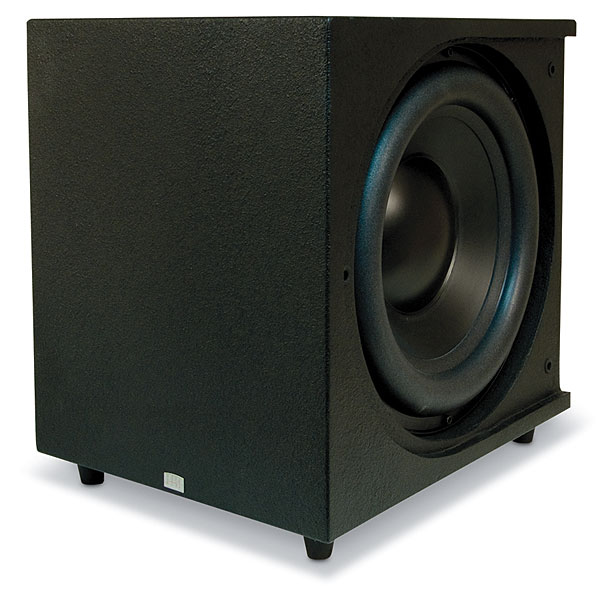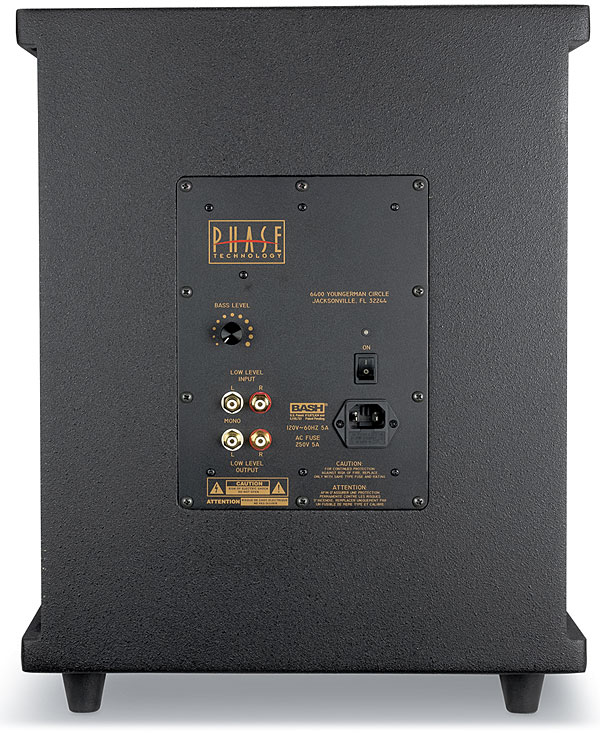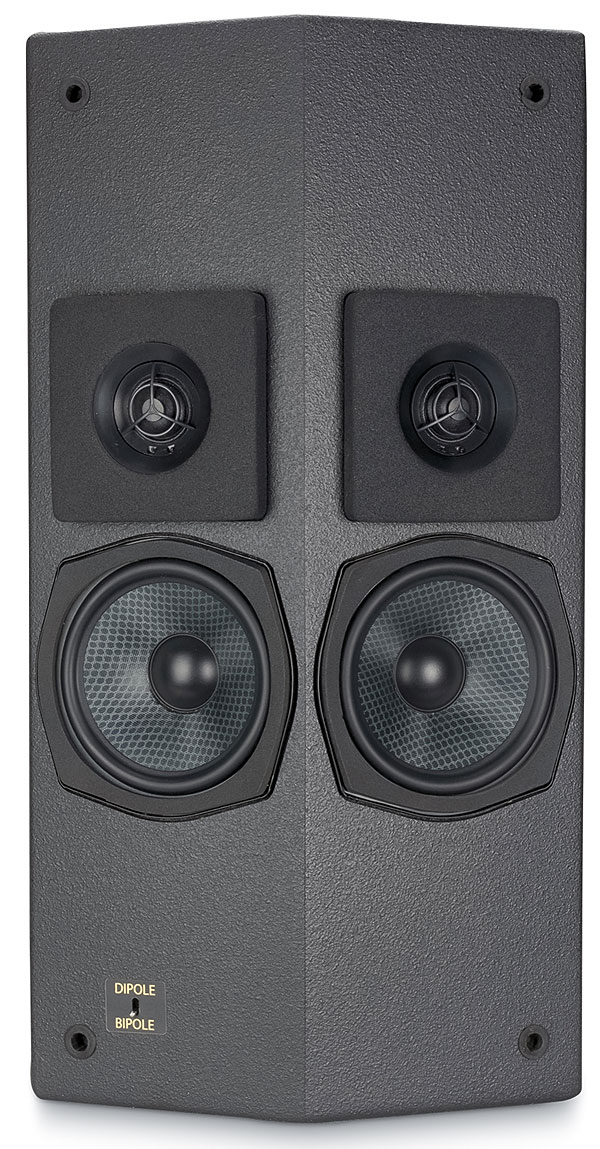Guessing you haven't seen Hacksaw Ridge yet ;) shame you didn't check that out on this system.
Concerning the system itself. I like everything about the DARTS systems but man--that price. Even if my budget was $50,000 for a system I think I'd still find myself questioning if there weren't better options out there for the money--you could put together a very nice Trinnov-based system for the same amount. To have a 7.2.4 based system in the same price range seems a bit audacious.
 If Looks Could Kill
If Looks Could Kill








































































